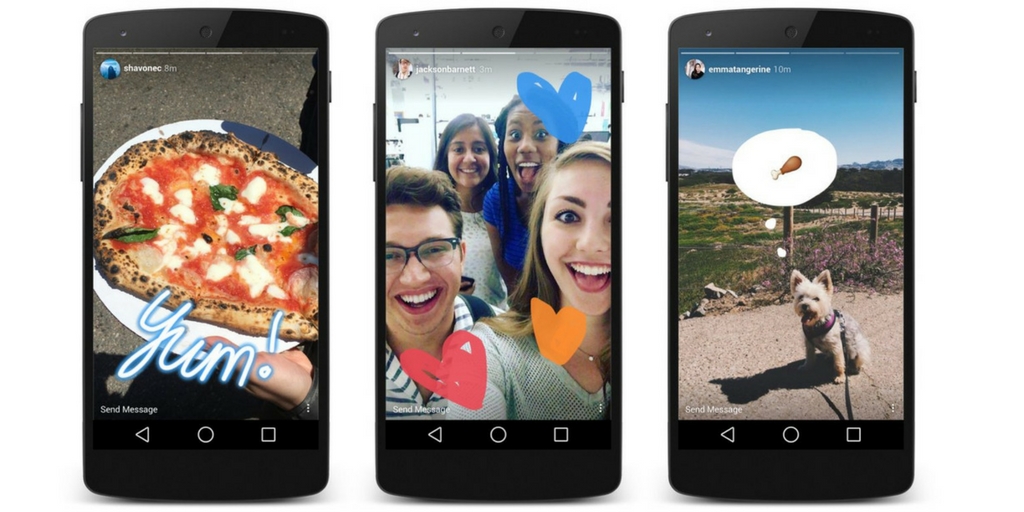
by Fronetics | Feb 6, 2017 | Blog, Content Marketing, Marketing, Social Media, Supply Chain
Instagram Stories offer an on-trend platform for delivering targeted content to B2B buyers and building brand awareness with potential customers.
If you haven’t considered using Instagram as part of your social media marketing program, it might be time to change your mind.
As of December 2016, Instagram had over 600 million monthly active users, about half of whom are between the ages of 18 and 29. Why should supply chain and other B2B marketers pay attention to the social networking preferences and behaviors of millennials? Because 73% of millennial workers are involved in decisions to purchase products or services for their companies. Welcome to the new generation of B2B buyers.
What’s more, Instagram’s recently launched feature, Instagram Stories, offers marketers a new platform for content delivery that is wildly popular with this generation. But unlike other networks with short-term video-sharing opportunities (ahem, Snapchat), Stories can have a polished, professional feel that well suits B2B brands.
What are Instagram Stories?
Instagram Stories are sequences of content that a user posts to his/her Instagram account over a 24-hour period. Besides photos, Stories can include videos, live and prerecorded, as well as Boomerangs, seconds-long motion clips that play forwards and backwards. The content plays as a continuous feed, creating a narrative about the user’s day — hence the term “Stories.”
Users may also customize their Stories with various design tools. Swipe to explore different filters, or add customizable stickers with time, weather, location, or even holiday greetings. You can also use a drawing tool to create your own masterpiece on your photos or videos.
Audiences can view the Stories of the users they follow within the 24-hour window after they are posted. They can find users with active Stories by scrolling the user icons at the top of the app. Or users can tell their followers that they’ve posted a story by tagging them, which notifies them through a direct message.
How you can supply chain and B2B marketers use Stories?
Instagram Stories aren’t just for friends showing friends what they’ve been up to. They’re a creative content-delivery platform that helps build rapport with followers, grow brand awareness, and educate potential buyers.
Here are 5 ways marketers might use Instagram Stories to engage their target audiences.
1. Deliver special offers and limited sales
Take advantage of this channel of communication to give special offers to followers tuning into your Stories. The time sensitivity of the 24-hour period will urge your buyers to engage with your Story and act quickly before the offer expires.
Direct followers to a special landing page or include a code right in the Story. As Social Media Examiner puts it, “The scarcity of Instagram Stories gives them power.”
JCrew’s promotion of the new Jane in Pink sunglasses offers an example of the clever use of Instagram Stories. The brand posted a combination of GIFs and photos teasing the pink sunglasses before announcing that there were a mere 50 pairs available for purchase through a link in its bio. This caused half of the merchandise to sell out in two hours.
2. Sign in for a takeover
Arrange to take over the Instagram account of a partner company or customer. It’s a fun way to draw attention from an existing, built-in audience. And it provides a mutually beneficial exchange of value for both parties.
As explained by media executive Gary Vaynerchuk, account takeovers offer a “backdoor approach to accessing new demographics.” The strategy is about “deepening relationships, gaining exposure, hacking distribution, and raising awareness.”
What’s more, account takeovers don’t require partners to hand over sensitive login information. Simply send your content to your partner to upload. It’s win-win situation that allows both parties to reach a new audience and share new content with ease.
3. Go behind the scenes
This is a great way to humanize your company and let you customers see and experience your brand personality. Capture candid photos of meetings. Take your followers on an adventure or an offsite task. Have a new product? Share a picture of the early designs or the production process. It’s a way to get followers excited and intrigued as to what happens behind the doors of your company.
Happy Socks, a Swedish sock and underwear retailer and manufacturer, does this well. It features videos of what’s going on in the office, birthday celebrations, and other candid moments.
4. Q&As
Get really personal with your customers by answering their questions via 10-second videos. One of Instagram’s community managers, Jeffrey Gerson, did this and found it to be a great success. This allows your viewers to feel as though they are really being heard since they are watching you talk about their questions as opposed to just reading typed answers online. It’s also a great opportunity to showcase the personalities of your employees and social media team while directly interacting with your audience.
4. At a loss? Ask your followers!
Give the people what they want — They may have some great ideas that you’d never considered. Survey your followers by posting a graphic of some options while leaving it open-ended as well. Have them respond in direct messages or comments with what they want to see from your social media. For example, Red Bull had their audience send the thumbs-up emoji in direct messages through Instagram Chat for the Story topic they most wanted to see published.
These five options provide your team with a starting point to begin exploring Instagram Stories. It’s an exciting tool to add some creativity and have some fun with your social media strategy.
Related posts:
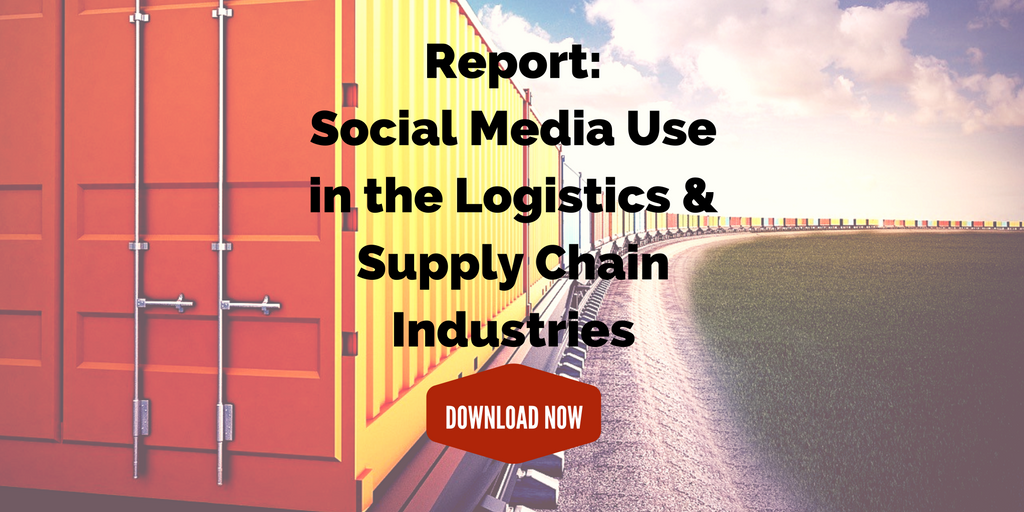
![Outsourcing Content Marketing: 13 Stats You Should See [Infographic]](https://fronetics.com/wp-content/uploads/2024/10/outsourcing-content-marketing.jpg)
by Fronetics | Feb 1, 2017 | Blog, Content Marketing, Marketing
Thinking of outsourcing content marketing? This infographic illustrates how other B2B marketers are handling content creation.
Plan. Create. Distribute. Repeat.
Does the constant creation of content feel like a drain on your resources? Do you feel like the content you’re publishing isn’t on par with the standards of your business? Do you dread the days that you need to write a blog post or prepare a customer resource?
If any of these questions hit home, chances are you’ve thought about outsourcing.
Outsourcing content marketing can be a beautiful thing: You put the content creation, design, and even distribution in the hands of an expert, leaving you free to focus on your job. But, isn’t that cheating? (It’s not.) Are other companies doing it, too? (You bet.) Ultimately, is it a good business decision? (The top business blogs outsource about 24% of their content creation.)
We’ve created the following infographic to illustrate how other B2B marketers are handling outsourcing content marketing. Here are 13 statistics you need to know before you consider outsourcing.
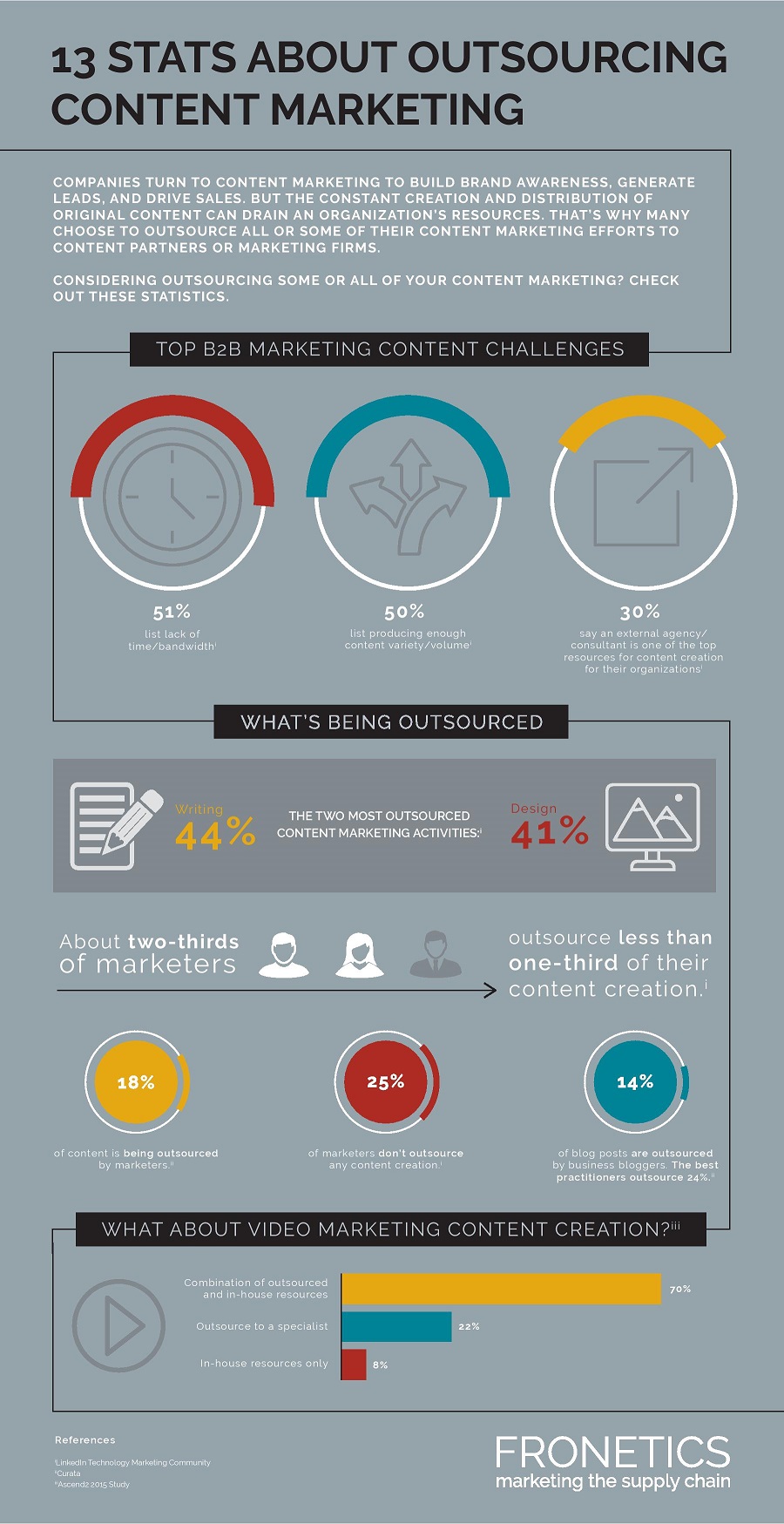
(Made with Canva)
Related posts:
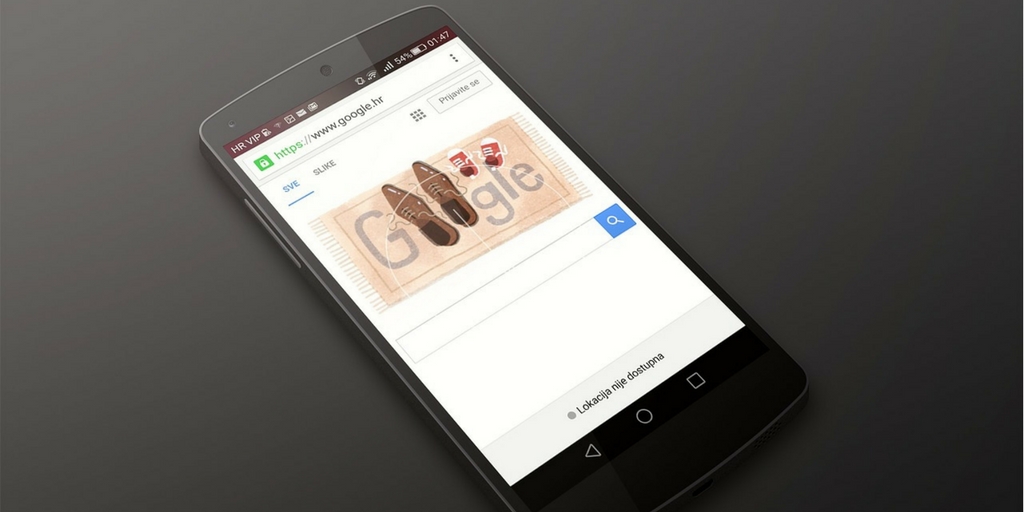
by Fronetics | Jan 25, 2017 | Blog, Content Marketing, Marketing, Strategy
To stay relevant following Google’s mobile-first approach, marketers need to examine their company’s mobile user experience.
Marketers, take notice: Google’s announcement that it is experimenting with a “mobile-first” search index is a reminder to examine your website content and configuration. The message from the search engine giant is clear: Now is the time to enhance your company’s mobile online experience.
A mobile-first society
The future is pointing toward increasing mobile device use. In 2015, mobile traffic accounted for more than half of internet traffic, and that percentage is growing. Google reported that more searches take place on mobile devices than on desktops. In response to this trend, Google’s new algorithms will rank mobile-friendly web pagers higher in search results than desktop pages.
These days, it’s pretty much a given that your clients and customers own a mobile device and use it quite often in their professional lives. Your site needs to meet the expectations of the viewer, which is to access content easily via mobile. If you fall short of this, you’ll lose credibility and, ultimately, income.
What do B2B marketers need to do?
Google currently uses two indexes to rank search results, 1. desktop pages and 2. mobile pages. If Google makes good on its promise to have a mobile-only index, websites optimized for mobile use will get higher billing at the top of search results, leading to more clicks, more brand recognition, and, ultimately, more sales.
Marketers need to prepare now to ensure a prominent place in Google’s search results. Here are three tips on how to do that.
- Develop a strong working relationship with your webmaster — they are in the experts on the technical side and can keep you abreast of updates and trends in website optimization.
- Conduct an audit of your websites to check for SEO. Use a website such as https://responsivedesignchecker.com/ to give you real-time feedback.
- Become familiar with these three methods of web development:
- Responsive web design – allows website pages to adapt to whatever size screen the viewer is using.
- Dynamic serving – the server responds with different HTML (and CSS) on the same URL depending on the user agent requesting the page
- Mobile-only URL – each desktop URL has an equivalent different URL serving mobile-optimized content
Check here to see how your site is configured.
Google’s tips
Google offers tips to webmasters to make their sites mobile-first. If your site is already optimized for mobile with RWD or is a dynamic-serving site, you shouldn’t need to make any adjustments. But if not, work with your webmaster on the following:
- Serve structured markup for desktop and mobile versions
- Make sure your site is accessible to Googlebot
- Verify both desktop and mobile sites in Google’s Search Console
Should your business website be optimized for mobile searching? The short answer is undoubtedly yes.
Related posts:

by Fronetics | Nov 28, 2016 | Blog, Content Marketing, Marketing, Social Media
Supply chain companies can use influencers in their prospects’ network as a strategic tool to gain new business.
The term “influencer marketing” often brings to mind celebrities endorsing their favorite brand of bottled water or jeans — not an image that is particularly useful for B2B businesses. However, B2B marketers should be taking this powerful trend in content marketing seriously.
While your supply chain may not benefit from an endorsement by Jennifer Aniston, you likely have brand influencers at your fingertips, which you may not even realize. Effectively leveraging these endorsements is a strategic tool for gaining new business.
Developing an influencer marketing strategy
Once you’ve identified your natural influencers, here are three important steps for building an influencer marketing strategy for your company.
1) Know your target buyer.
Rather than a scatter-shot approach, making the effort on the front end to identify your target buyer personas allows you to strategically target your customers. Understanding their needs, challenges, and purchasing structures is the key foundation to any content marketing effort, and influencer marketing is no exception.
2) Identify your industry influencers.
Industry influencers aren’t just the big names, though those people are certainly influential. It comes down to how your buyers make their purchasing decisions. The 2016 B2B Buyer’s Survey Report found that nearly half of B2B buyers use peers and colleagues as a major information resource when choosing a vendor.
Who are those peers and colleagues whom your target buyers turn to? Use every resource at your disposal to determine how they get their information. Connecting on LinkedIn, Twitter, and other social networks is a great way to do this.
3) Use the right tools for your business.
Any effective content marketing strategy depends on using the most effective tools. In a post for CMS Connected, Leah Kinthaert makes a strong pitch for Twitter. She cites the ease of plugging in a hashtag or keyword in giving you “volumes of information — from who the influencers are in that industry to what today’s breaking news is on the topic.” Furthermore, clicking on a hashtag shows you what your competition is doing as well.
The bottom line is that influencer marketing can be an extremely effective aspect of a B2B business’ content marketing strategy. Knowing your buyers, finding your influencers, and effectively leveraging this information will help boost your social credibility, as well as generating new business.
Related posts:
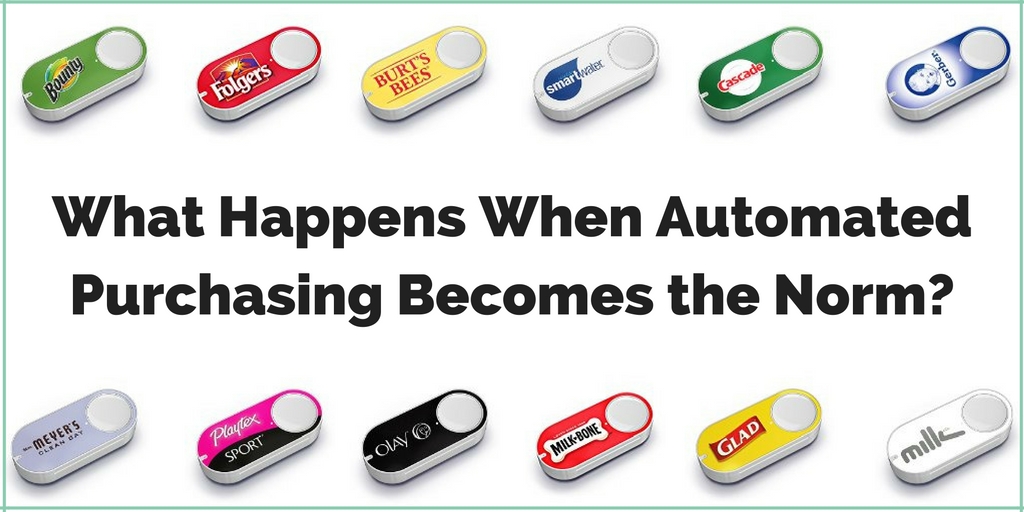
by Fronetics | Nov 10, 2016 | Blog, Content Marketing, Marketing
Just as purchases are becoming more automatic, generating marketing content also needs to keep up with the times.
Automated purchasing systems are more and more in vogue, opening another avenue for strong content marketing to reign.
Did you know with the simple touch of a button, consumers are able to receive boxes of cereal, bags of coffee, and jugs of laundry detergent with hardly a thought? Amazon’s latest offering — the Dash Button — is a branded wireless device that allows consumers to efficiently order products right when they think of it. Customers can strategically place the button in their pantry, for example, so they can easily reorder supplies when reaching for the last bottle of water or opening the last bar of bath soap.
“Subscribe and save” programs available through retail giants such as Amazon and Target are another way to keep consumers stocked with the supplies they need. These items arrive on a pre-set schedule without the buyer even having to think about it. And subscription-based sales models offered by Dollar Shave Club, Starbucks, and Blue Apron keep consumers clicking through, adding big bucks to corporate coffers.
Influencing the preprogrammed bots
The robotization of consumer spending is changing the current model of marketing, advertising and shopping, according to a recent Harvard Business Review article, and marketers need to be prepared for the next level of automation in order to keep revenues streaming.
If this automation crosses into the B2B marketplace, suppliers will face new challenges — including finding ways to affect choices of preprogrammed “bots,” such as Amazon’s Dash Button. In this possible and increasingly likely world, HBR posits that advertising dollars will be diverted from traditional models to building relationships, challenging incumbents, increasing rates of consumption, and influencing marketing algorithms.
One such algorithm analyzes products that are pre-selected as the default brand in the item’s software (think: the scurry to become Apple’s default map program). Fresh and tailored content that even bots can process will be paramount to targeting content to buyers.
Content that educates the people behind the bots
In this future scenario, what can brands do to win business from competitors?
Certainly, it will take a significant effort to persuade a customer to change the algorithm’s default settings to another product or service. Vendors will have to produce highly targeted, personalized content that demonstrates a deep understanding of the customer’s business and how their product or service will better suit their needs.
Interestingly enough, that’s a preference that we’re already seeing among B2B buyers.
In the 2016 B2B Buyer’s Survey Report, 69% of buyers said relevant content that speaks directly to the company is very important, signaling that personalized content packages equate to satisfied customers and potential customers.
Using content to build relationships will continue to be of utmost importance, even in the age of bot-to-bot purchases. Optimize content to include buzz phrases and recognized keywords, and even bots will get the message.
Related posts:



![Outsourcing Content Marketing: 13 Stats You Should See [Infographic]](https://fronetics.com/wp-content/uploads/2024/10/outsourcing-content-marketing.jpg)



